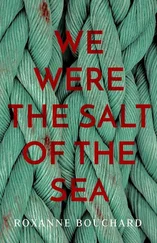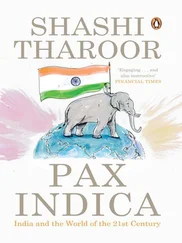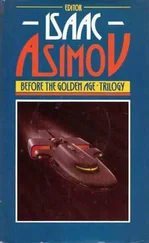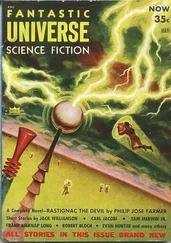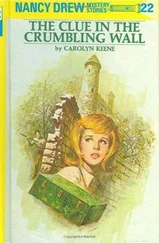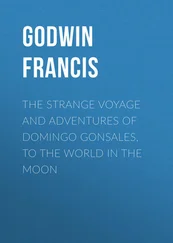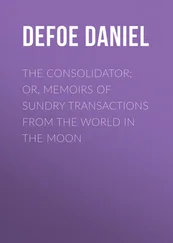TAMPERE
FINLAND
Location:Museum Centre Vapriikki, Alaverstaanraitti 5, 33101 Tampere
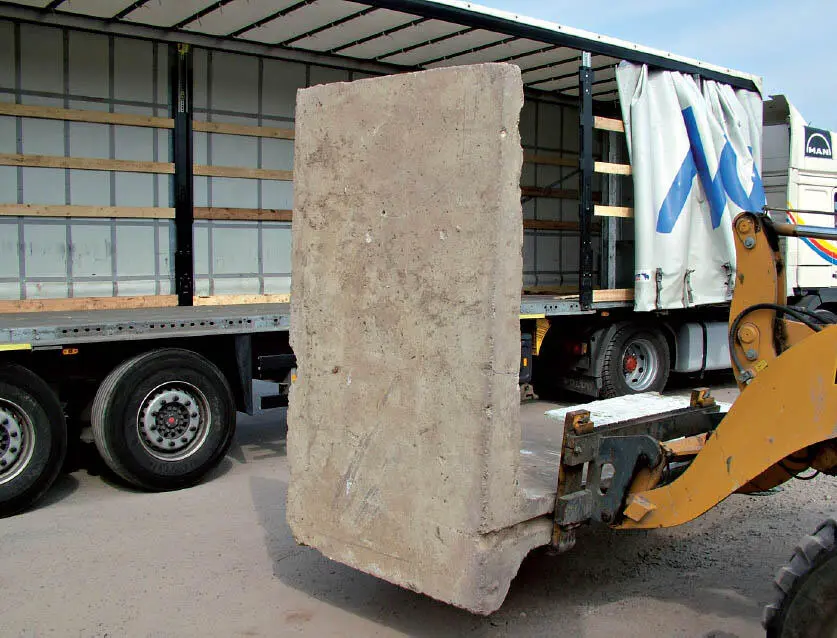
Transporting the Wall from Germendorf to Finland
© Lutz Busse / Landkreis Oberhavel
In 1990, road and paving contractor Klaus Grunske, crushed hundreds of tonnes of the Berlin Wall in Germendorf, just north of Berlin. His company had been given the contract to dismantle the barrier installation at the border to Brandenburg at Glienicke and Hohen Neuendorf. However, Grunske did not grind all of the segments for building materials, but preserved some for future use. One of the segments found its new home in the southern Finnish city of Tampere. In September 2007, Timo Nieminen, mayor and president of the Finnish Association of Municipal Councils, paid a visit to his colleague, Karl-Heinz Schröter, county commissioner for Oberhavel and vice president of the districts of Germany. Between carrying out inspections for nature conservation and infrastructure project planning, Nieminen learned of the leftover Wall pieces in Germendorf. Klaus Grunske gave a piece of the Wall to his Finnish visitor, and he planned to put it on display at the Museum Centre Vapriikki in Tampere.
Schröter took the piece of Wall with him as a gift on his visit to Tampere on 22 ndMay 2008. At the official handing over ceremony, Schröter pointed out that Finland was a good location for the Cold War relic due to Finland’s intermediary role between East and West and above all due to the Helsinki Declaration of 1975, which had been of great significance to many GDR citizens. The latter especially, since despite the internally agreed freedom of movement, which had the backing of the GDR government, the Wall divided the two German states, Europe and the world for another 14 years. Many citizens of the present-day district of Oberhavel had their own encounters with the Wall – the southern border to West Berlin ran through the region and was a heavily guarded prohibited zone for decades.
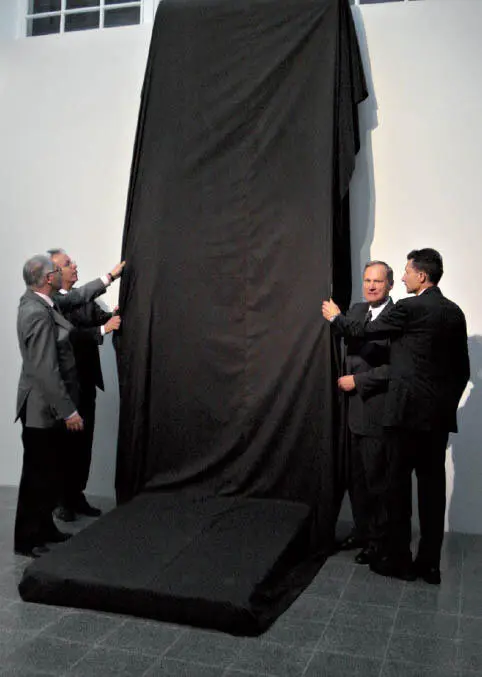
Unveiling the Wall in Tampere
© Landkreis Oberhavel / Annemarie Reichenberger
It was not possible to find out exactly where the section of Wall was permanently put up in the Museum Center Vapriikki – an expansive former machine factory on the outskirts of Tampere.
CAEN
FRANCE
Location:Mémorial de Caen, Esplanade Général Eisenhower
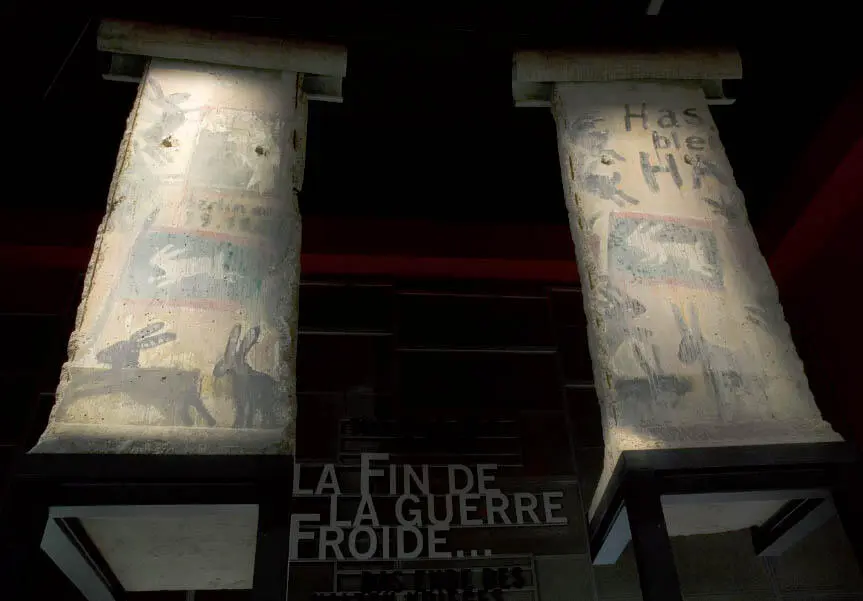
The Wall at Mémorial de Caen
© Benoît Grimbert / Le Mémorial de Caen
The words “Hase bleibt Hase” (“a rabbit remains a rabbit”), and countless black and white rabbits adorn the two segments of Wall at Mémorial de Caen. They stand on raised platforms in the permanent anti-war exhibition, and illustrate the section “The End of the Cold War”. French artist Daniel Boulogne, donated both segments to the museum in 1999. Whilst many of the pieces of Berlin Wall scattered all over the world are painted mainly on the side facing the West, these two are different. The paintings by Berlin artist, Manfred Butzman, are on side of the Wall that faced the east. This side of the Wall was not accessible until after the Fall of the Wall. The wide deathstrip between the border to West Berlin and the interior East Berlin Wall prevented anyone getting close to the Wall on the GDR side.
Immediately after the border was opened on 9 thNovember 1989, artists from both the East and the West came up with the idea to paint on the eastern side of the Wall as well.
Despite many openings in the Wall, and the fact that traffic was now able to flow between East and West, the deathstrip remained blocked and was still guarded by GDR border guards. In mid-November 1989, Daniel Boulogne was delighted to hear the “DDR-Künstlerbund” (Association of East German Artists) announce its wish to cover the eastern side of the Wall with paint. The French artist loaded a truck with paints and brushes and made his way to Berlin to support the painters in the GDR. After arriving in Berlin it was in the East Berlin “Palast Hotel” where he met Jean Pichard, an employee from the GDR’s French Institute of Culture. He had also recently been appointed the position of manager at the Association of East German Artists. Wolf was excited by the unexpected help and the pair arranged to meet at the border crossing “Checkpoint Charlie” on 17 thNovember 1989. From here, they planned to bring the paint supplies to Germany in Boulogne’s truck. Despite the Fall of the Wall, the border at Checkpoint Charlie, originally intended for use by diplomats and foreigners, was still heavily guarded.
Getting a truck loaded with two tonnes of undeclared paint supplies through was to prove problematic. At first, the GDR officials denied entry to Boulogne and his driver:
“I went back to the hotel with Jean Pichard. You could still feel the same electric atmosphere in the lobby. We took two CNN cameramen with us. We really wanted to get at the border guards. Leo Wolf told us which crossings we could pass on foot without any trouble, and so we took a detour to the east of Checkpoint Charlie. The tricky part was getting the truck over. The CNN cameramen were really hyped-up. They put the cameras right behind the heads of the border guards and began to film. I tried to go in the direction of the wagon, but was approached immediately by one of the guards. It didn’t look good, but it turned out luck was on our side. Whilst I was talking to the guard, a 38-tonne truck drove up in front of Joël’s truck which was parked on no-man’s land. The guards ran over to the larger truck to check it out. I wasted no time in getting to Joël, he put the truck in gear and his foot on the gas pedal. The cameras were focused on the truck, which was slowly beginning to move. A guard came towards us. He pointed his rifle at me. I pointed towards the cameras that were still filming us. He shouted something at me in German. I tried to answer him in French. The expressions on our faces did the talking for us. I saw the fear in his face when he saw the cameras. He had understood – if the cameras caught him shooting the rifle, they would not be filming a soldier carrying out orders, but a murder, an execution, a crime. He took a step back and lowered his weapon. We had won.”
Leo Wolf and his comrades were already waiting on the other side of Checkpoint Charlie. By this time, it had turned to evening and we would have to put our plans on ice until the next day. Work could finally begin on 19 thNovember 1989. With official permission, and under the suspicious gaze of the troops at the border, 30 artists began to paint the four hundred metre long stretch of Wall between Potsdamer Platz and Leipziger Straße in the East. Each artist was designated a section of the Wall to paint however they wanted. The painting carried on until the afternoon, when one of the border police gave the order for us to stop. Surprised, the artists had to cut short their work after his change of mind. But most of the paintings had already been finished. The border guards then began to cover up the graffiti with paint that night. To this day, it is still not known who gave the order. However, the paint they used to cover up our paintings was of such bad quality that our paintings could still be seen through it. Amongst the artists who took part in this first art session in the East on that day was Manfred Butzmann.
Читать дальше




